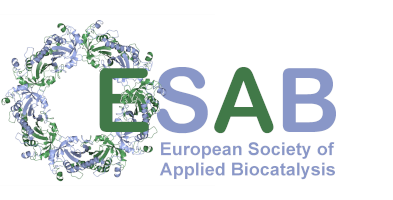CO2 Valorisation: Multienzymatic synthesis of lactic acid
Abstract
Albert Carceller / Autonomous university of Barcelona, Cerdanyola del Vallès, Spain
Marina Guillen / Autonomous university of Barcelona, Cerdanyola del Vallès, Spain
Gregorio Alvaro / Autonomous university of Barcelona, Cerdanyola del Vallès, Spain
Oscar Romero / Autonomous university of Barcelona, Cerdanyola del Vallès, Spain
David Muñoz / Autonomous university of Barcelona, Cerdanyola del Vallès, Spain
Topic: Biocatalysis and Sustainable Chemistry
The EU has set the objective to reduce CO2 emissions in the EU by 80% in 2050. Technological innovations are needed to reach this goal, leading to successful Carbon Capture and Utilization technologies.
The CO2 molecule is very stable, and it requires high amounts of energy to transform it into added-value compounds. Biocatalysis presents a green approach for the development of CCU strategies, because the use of enzymes complies with 10 of the 12 principles of green chemistry.
In this study, a multi-enzyme system for the synthesis of lactic acid using CO2 and ethanol, with a 100% atom economy, was studied. The system involves three enzymes: alcohol dehydrogenase which oxidizes ethanol into acetaldehyde consuming one NAD+ molecule, pyruvate decarboxylase which carboxylates acetaldehyde into pyruvic acid using a CO2 molecule, and lactate dehydrogenase which reduces pyruvic acid into lactic acid, using one NADH molecule, and regenerating the NAD+ needed for the first reaction.
